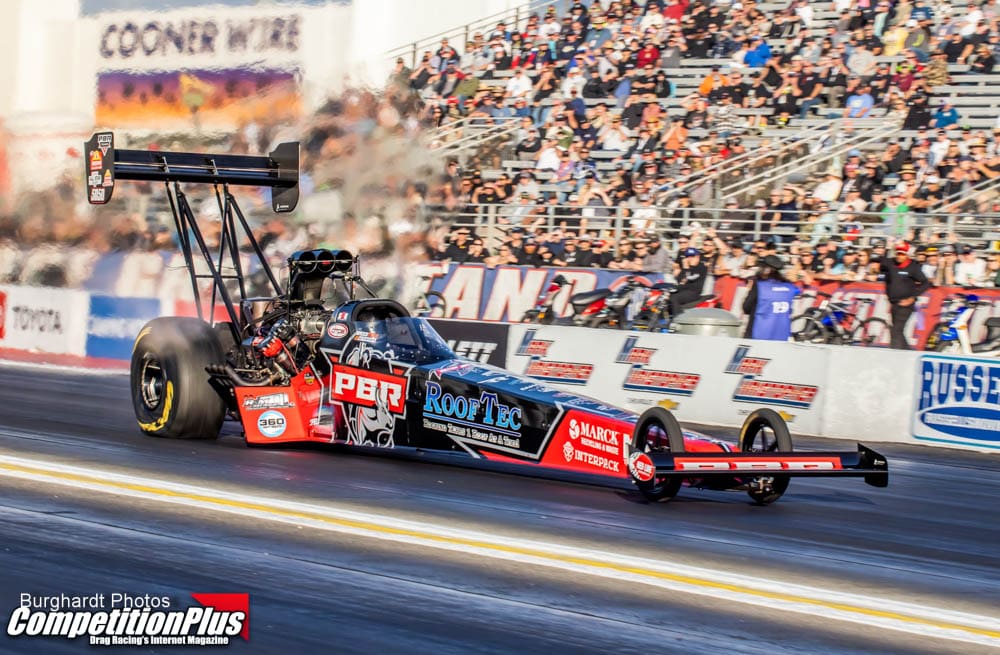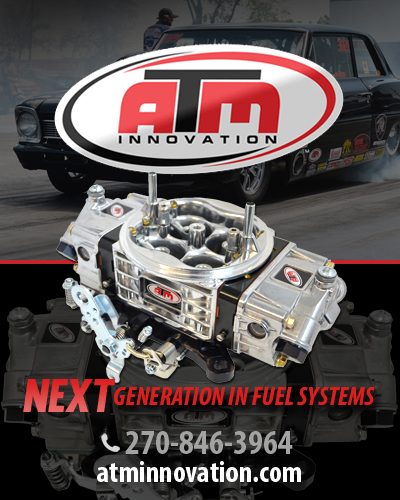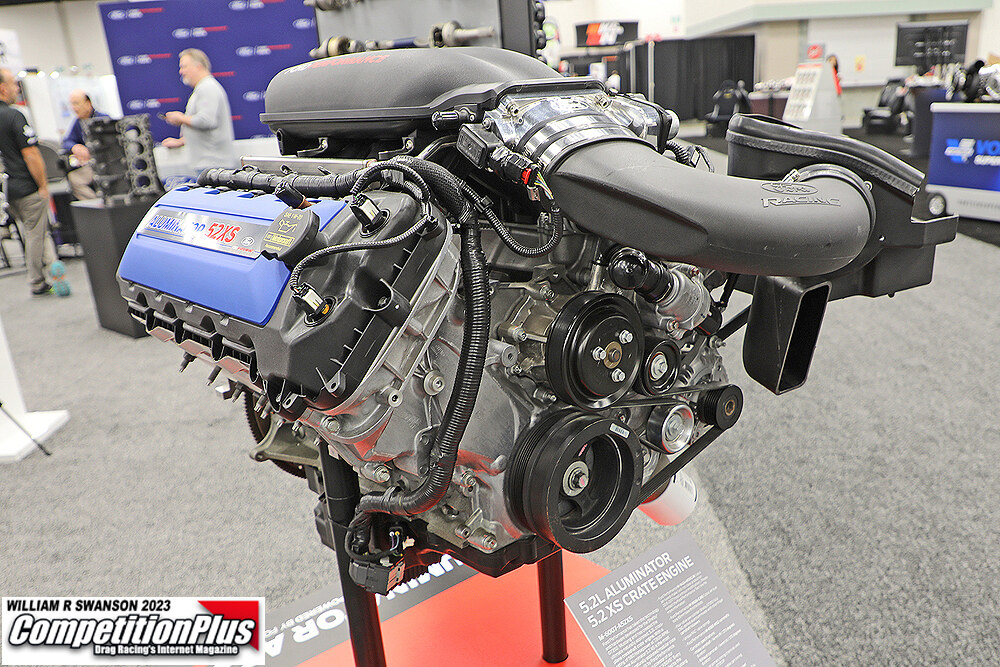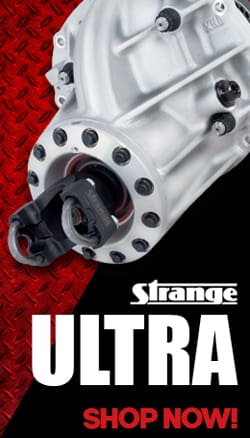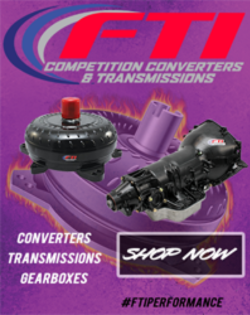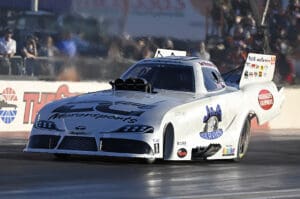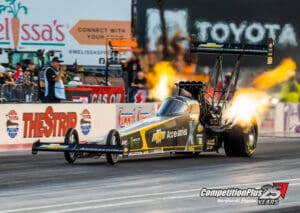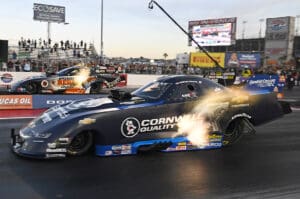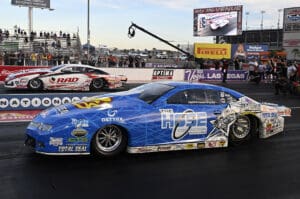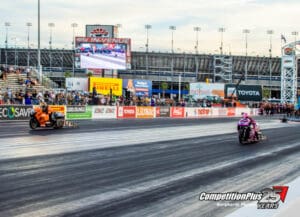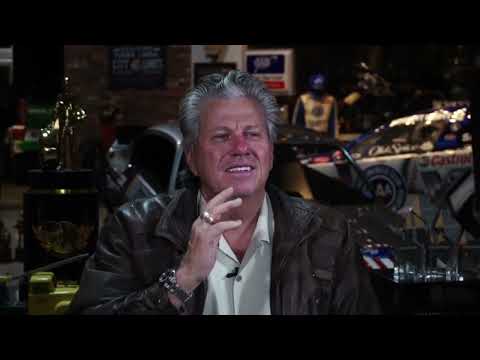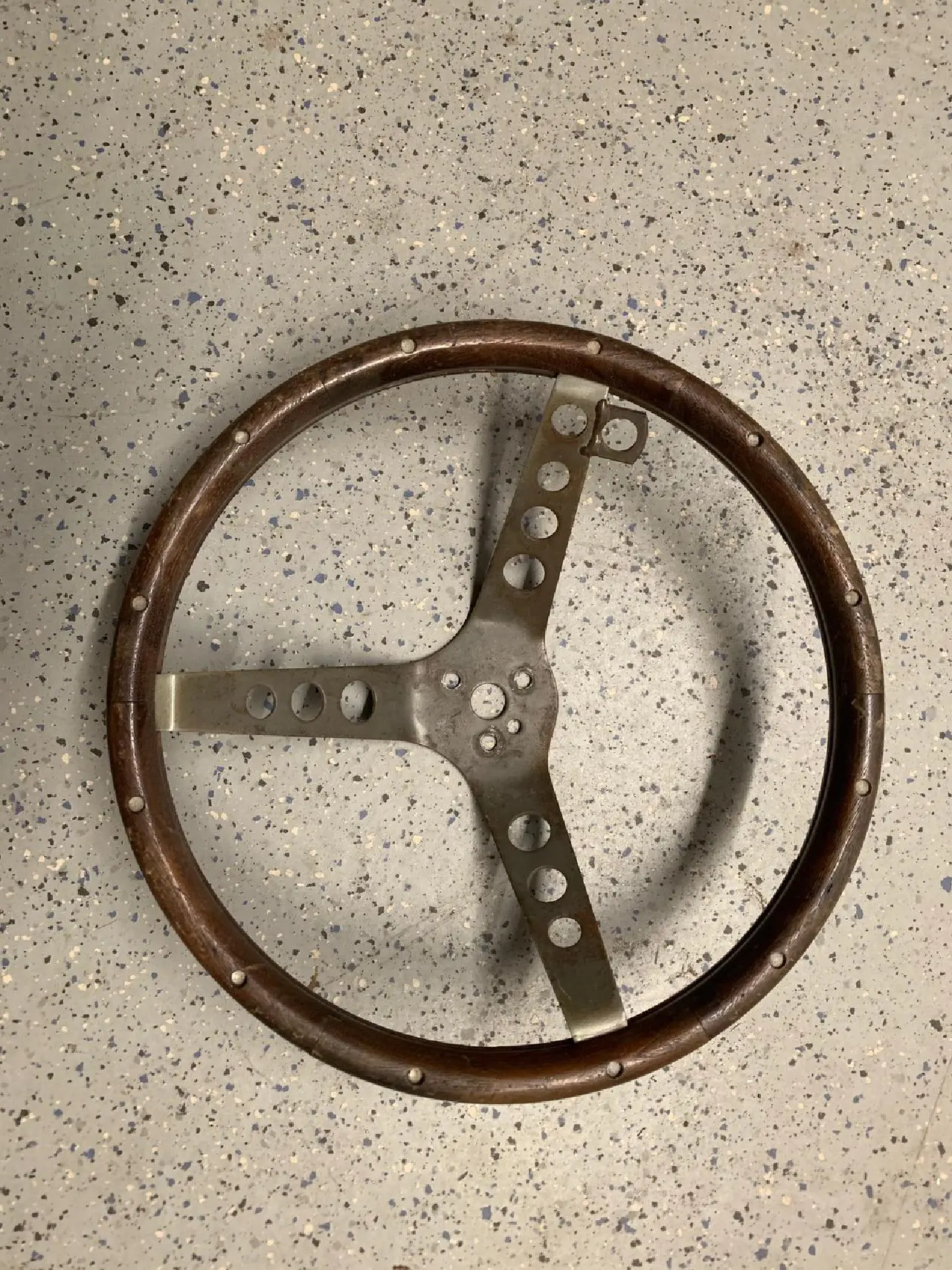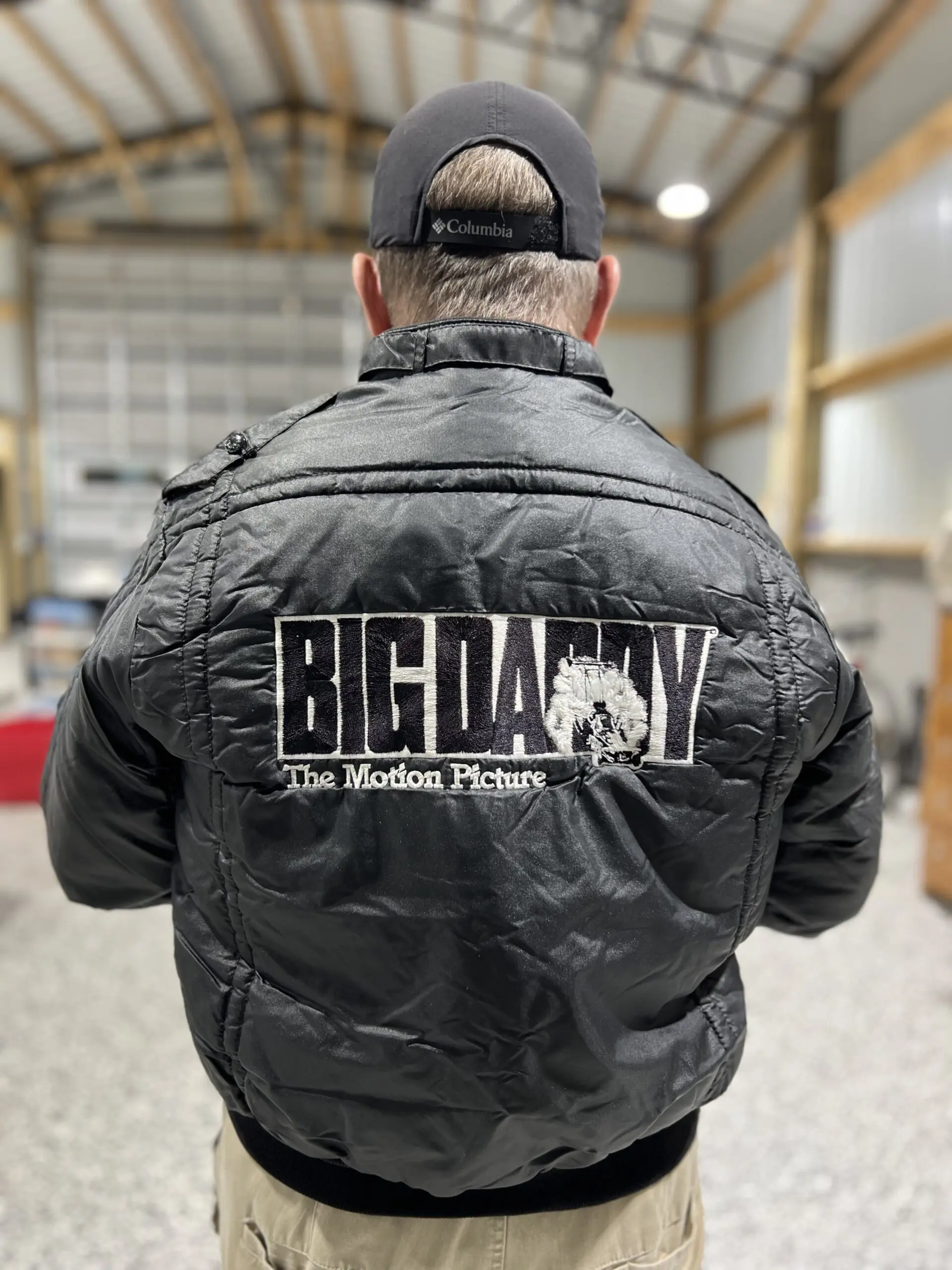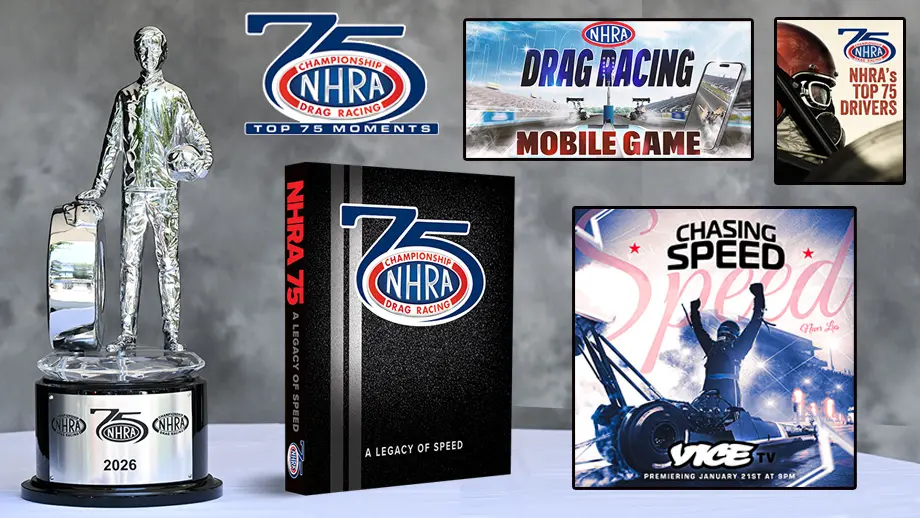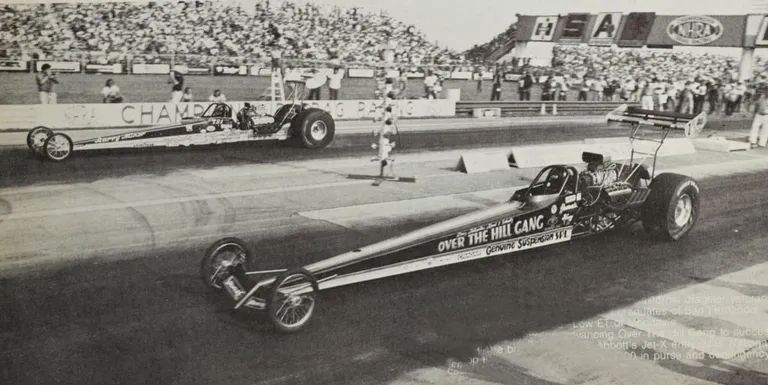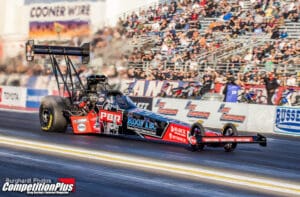The International Hot Rod Association plans to make a big splash next week with its return to professional drag racing at National Trail Raceway. And in doing so, plans to debut a lineup of professional drag racers it plans to craft into its new lineup of stars.
The IHRA’s Outlaw Nitro Series will kick off on July 11–12, 2025, with an eight-car show in both of its nitro categories Top Fuel and Funny Car.
The series, dormant as a professional circuit for over a decade, was purchased by Darryl Cuttel in December and is now set to reenter the drag racing landscape with a new mission and competitive payout structure.
Drivers will compete for a $50,000 winner’s purse and $25,000 for the runner-up in Top Fuel and Nitro Funny Car, positioning the IHRA as a viable alternative for teams priced out of the NHRA tour.
Some of the names entered include veteran racers Scott Palmer, Dale Creasy Jr., Jack Wyatt, Doug Foley, Lex Joon, Mitch King, Krista Baldwin, Cameron Ferre and Will Smith.
Palmer said the revived IHRA offers nitro teams a second home after years of limited opportunity. “If you run a nitro car at this level, you only have one place to go,” he said. “This actually pays more to qualify, pays the same amount to win.”
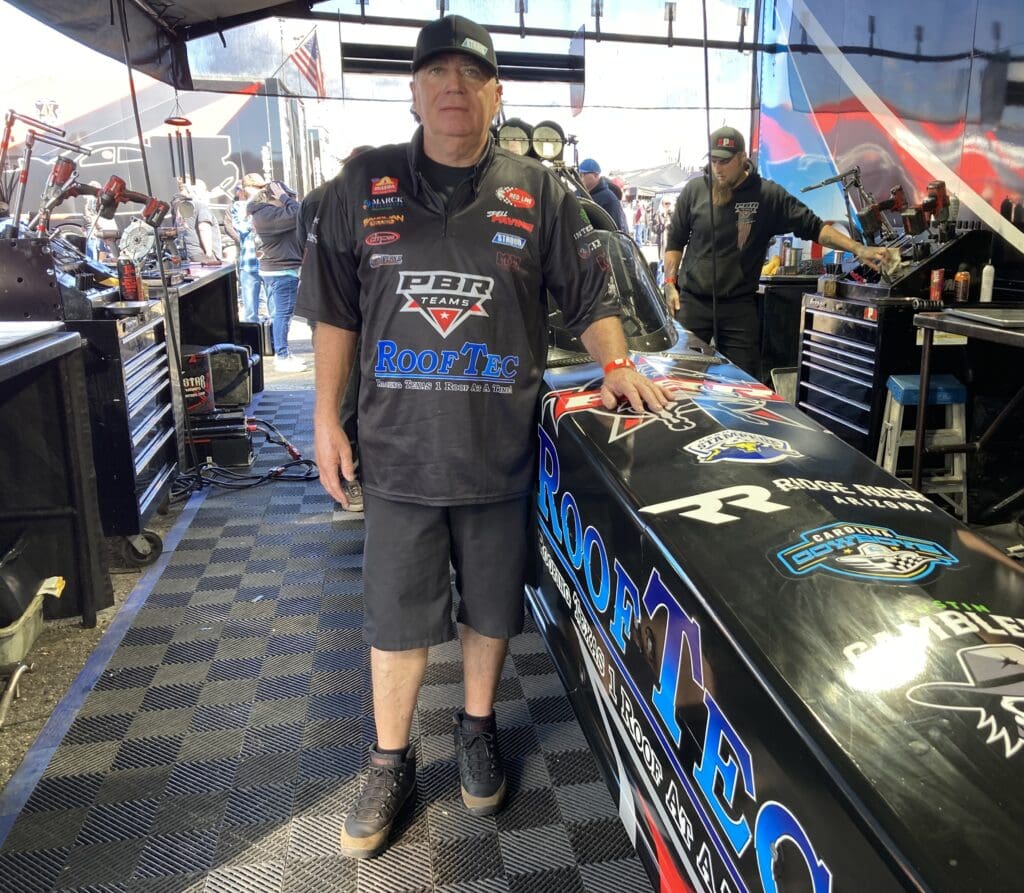
He emphasized the opportunity for smaller teams to reinvest into their programs. “You go home and get another crew guy or buy a couple sets of rods,” Palmer said. “Your program will get better the more you go and the more you race.”
With NHRA’s western swing scheduled around the same time, Palmer said the Ohio event was a more feasible and financially sound choice for many.
“This is a better option for a lot of racers,” he said. “It’s a great opportunity for a lot of people.”
The new IHRA format will include two qualifying runs on Friday followed by eliminations on Saturday, with night runs expected. Palmer believes this approach could level the field. “The ultimate equalizer will be two qualifiers on Friday and straight to eliminations,” he said.
Palmer also praised the condition of the Columbus facility and noted the enthusiasm from local fans and sponsors, including his own affiliations with PBR and Ohio-based cattle contractors.
The restructured qualifying schedule also allows for family accessibility and reduced operational costs. “Your family doesn’t have to go to the race for three days,” Palmer said. “It’s a fair way to run.”
He also acknowledged racers like Terry Haddock, who won the final IHRA Funny Car title in 2007 but never had the opportunity to wear the No. 1. “He’s going to run his number one that he earned, and I think that’s a cool story,” Palmer said.

Krista Baldwin, a third-generation nitro racer and one of the series’ emerging stars, said the new platform allows her to compete without chasing budgets she doesn’t have. “The faster you go, the more part attrition you have,” Baldwin said. “It’s just not in my realm right now.”
Baldwin sees the return of the IHRA as a chance to reconnect with fans and fellow racers in a more equitable environment. “We can just be competitive with ourselves,” she said. “And I get to race with all my friends.”
Baldwin added that the event gives fans racing based more on reaction time than resources. “If everyone can be competitive in the 3.8 second range… that’s the most exciting racing,” she said.
Dale Creasy Jr., a former IHRA champion, echoed that the new structure will allow teams like his to be contenders again. “We were lucky enough to win two championships and on our way to our third, and then I got hurt,” Creasy said.
Creasy suffered a serious injury in 2008 when a driveshaft coupler broke and caused severe leg damage. “They had to screw the ankle and big toe on the left foot back together,” he said. “It was pretty bad.”
Still, he welcomes IHRA’s return and its focus on building new stars from familiar faces. “I just like to go racing,” Creasy said. “Anything after that is a bonus.”
Creasy believes the format gives everyone a legitimate shot. “We just need to be consistent,” he said. “There’s going to be a lot of cars that run just as well as ours.”
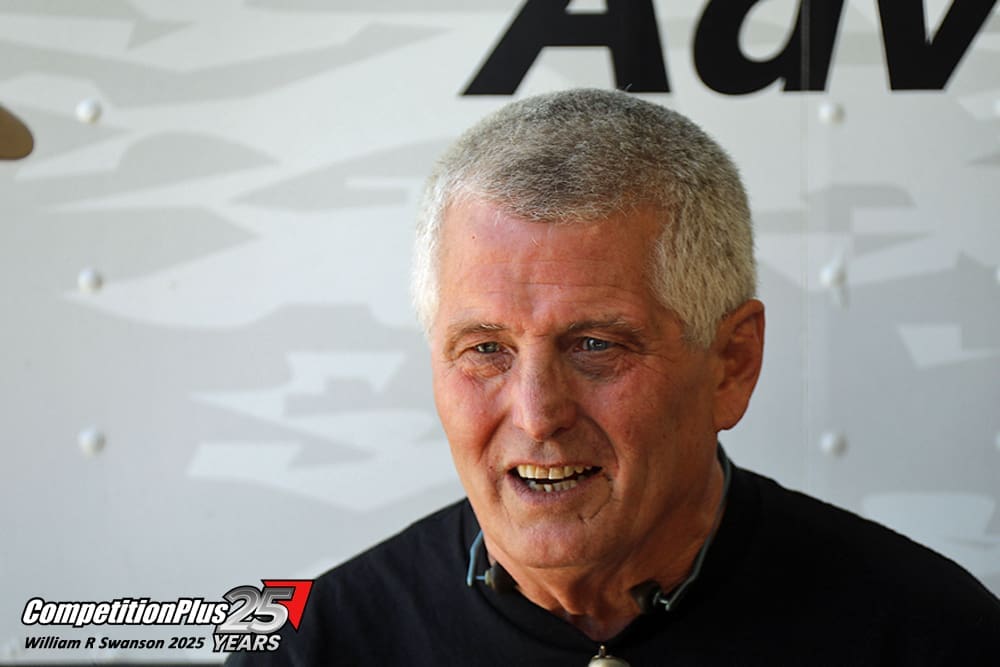
Jack Wyatt, another long-time IHRA participant, said he sees the relaunch as a critical opportunity for grassroots racers. “I want to be involved and help get it off the ground,” he said. “Even if we just do the five races this year.”
Wyatt cited IHRA’s regional roots as a major reason he’s stayed involved.
“They’ve always run more the area that I’m at,” he said. “I could never afford to go to the West Coast.”
With IHRA’s goals to create its own stars, Wyatt is ready to rise to the occasion. “I’d love to be one of their stars and come out and run really good at Columbus,” he said.
The IHRA was founded in 1971 by Larry Carrier and Senator Carl Moore as an alternative to the NHRA. Now, as the NHRA approaches its 75th anniversary, the IHRA is positioning itself to provide options for teams seeking a new competitive environment.
Palmer reinforced that this isn’t about replacing the NHRA but expanding opportunity. “I want the sport to have another option,” Palmer said. “If that means they want to call me a headliner, I’ll take it.”
He said while match races are financially viable, the IHRA offers something unique. “We get to race for the same amount to win as Tony Stewart and Brittany Force,” Palmer said. “And we all want to race for a win.”
With five races planned and full eight-car fields expected, the IHRA’s return represents a new chapter in the drag racing landscape. Racers like Palmer, Baldwin, Creasy, Wyatt and others are ready to help write it.





